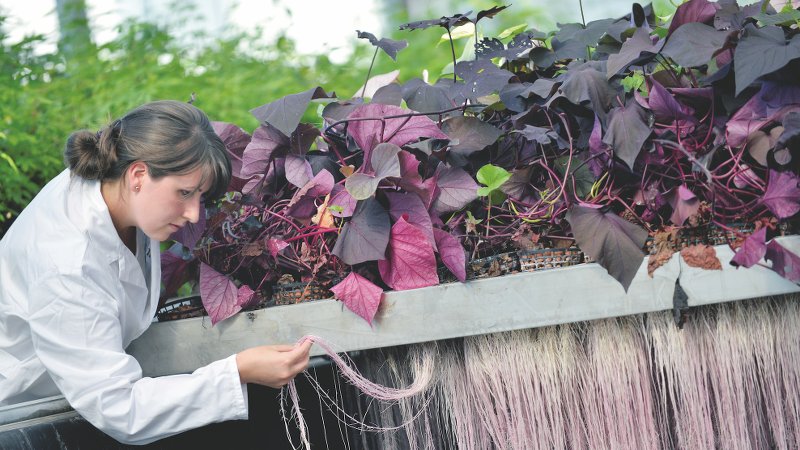asily scoring annual per-patient treatment costs of €100,000 and upwards, therapeutic antibodies are arguably the main reason why healthcare budgets continue to balloon. That’s why it comes as something of a surprise that a Belgian company wants to spray the costly proteins on fruit and vegetable crops as a kind of pesticide. Our agrobodies are much smaller descendants of classic antibodies, says Marnix Peferoen, co-founder and current CTO of Ghent-based Agrosavfe NV.
And production standards regarding purity and traceability are much easier to comply with if you want to spray proteins on fields rather than inject them into patients. According to Peferoen, Agrosavfe plans to produce its first pipeline product – a broad-range agrobody that binds to and kills fungal cells – at a competitive price. Agrobodies were developed after the discovery of special heavy-chain antibodies that lack light chains. So far, they have been found in camels and sharks. Conceptually identical single-domain antibodies – dubbed nanobodies’ – are being developed as therapeutics by Belgian Ablynx NV. Just like normal antibodies, agrobodies have a high affinity and specificity for a particular target – properties that can offer an added value for optimum crop protection.
After successfully raising €7.8m in September, the Flanders Institute for Biotechnology spin-off is on track to initiate registration of its antifungal agrobody in 2018. Our data show that the biofungicide is non-toxic for human cells, plants and also bees, Peferoen told EuroBiotech. The biggest issue right now is scaling up production by a factor of more than thousand. Our lab batches yield tens of milligrams but we aim to generate hundreds of grams per batch within the next year.
Replacing synthetics
Plant pathogens pose the single biggest danger to harvests, and are estimated to impact food plant production by 25-50%. Synthetic pesticides remain the gold standard for protecting crops. Excessive use of many pesticides, however, has led to increased resistance, enhanced pathogen resurgence, toxicological implications for human health and more environmental pollution.
In contrast, biopesticides are biodegradable, renewable and in general non-toxic (except for the targeted pest). They can help ensure high yields, and production costs can actually be lower compared to many conventional pesticides. Bio-based solutions for protecting crop health are still a single-digit percentage of the US$60bn crop protection market. However, market analyst Wiseguyreports is convinced growth will be heavy. By 2021, it estimates the global biopesticide market will reach US$6.77bn, up from US$3.14bn in 2016. Analysts at Lux Research believe the biopesticide market will outstrip the synthetic pesticide market by around 2050. Growth is being driven by the high prevalence of many crop diseases and rising demand from the organic farming sector – although the majority of biopesticides are still used in combination with conventional (chemical) pesticides within so-called Integrated Pest Management (IPM) programmes. Roughly a third of the agricultural biologicals on the market are mineral-based. Other bio-based solutions – macroorganisms like insects, mites and nematodes, microbes such as bacteria and fungi, plant extracts, viruses and biotechnologically produced compounds – make up the rest.
One exciting approach for developing new biopesticides is being pursued by – among others – Bayer (Germany), (not yet Bayer-acquired) Monsanto (US) and Swiss Syngenta. RNA interference uses specially designed RNA molecules to temporarily shut off the activity of a targeted gene in a targeted organism. Monsanto, for instance, is experimenting with RNA products as herbicides to fight glyphosate-resistant Palmer amaranth and waterhemp, as virucides to combat tospovirus in tomatoes and peppers, as insecticides against the Colorado potato beetle, and as possible weapons for battling the varroa mite and viruses in bee colonies. Although RNA interference itself is a promising technology, big obstacles still stand in its way, among them the development of delivery methods to the site of action and cost-effective manufacturing methods for tailored RNA molecules.
Read the full background on biopesticides in our print magazine!




 Photo from Shawn Day on Unsplash
Photo from Shawn Day on Unsplash 